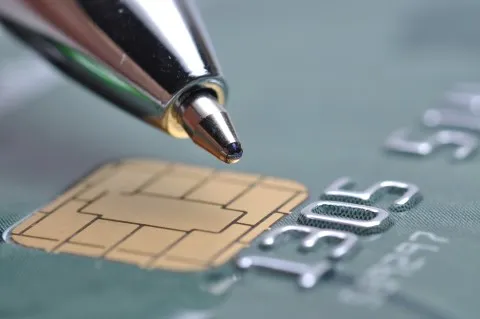
What you need to know about Korea's thriving credit card sector
Delinquency rates have stayed persistently below 2% since 2009.
Moody's Investors Service says that the credit card industry in Korea exhibits some credit positive structural features, but bank-affiliated companies are more exposed to credit cycles than corporate-affiliated firms.
"The Korean credit card industry exhibits credit positive structural features such as the fact that more than half the industry's revenues are from merchant fees; a function of the heavy usage of credit cards as a transaction vehicle rather than a credit facility, and the sector's adoption of a fee-heavy model," says Hyun Hee Park, a Moody's Assistant Vice President and Analyst.
Here's more from Moody's:
During the first nine months of 2016, merchant fees accounted for 54.2% of the industry's revenues compared to 15.9% for credit loans and 5.7% for cash advances.
"The industry also demonstrates low delinquency rates; a result of tight regulation, conservative underwriting strategies and cautious management, because of the difficulties experienced by the sector during the country's credit card crisis in 2002," adds Park.
Moody's analysis is contained in its just-released report titled "Credit Card Companies — Korea: Fee Model Is Credit Positive; Bank-Affiliated Companies More Exposed to Credit Cycle," and is authored by Park.
Moody's report points out that credit card delinquency rates have stayed persistently below 2% since 2009.
And, high credit card penetration and usage rates increase the size of the available fee pool, a credit positive. Korea has one of the highest credit card usage amounts as a share of GDP, as well as cards issued per capita. This situation reflects the authorities' success in encouraging credit card usage as a transaction vehicle to reduce the size of the unofficial cash-based sector. As a result, the size of the available fee pool is extremely large.
Moody's explains that the Korean credit card industry is dominated by eight players; four bank-affiliated and four corporate-affiliated companies. At end- 2016, these companies accounted for 78.3% of total card transactions by value.
Bank-affiliated companies are more exposed to credit cycles than corporate-affiliated firms, with the former exhibiting higher problem loans, higher leverage, and greater profit volatility than their corporate-affiliated competitors, because bank-affiliated companies extend more unsecured credit — in the form of credit balances and cash advances — when compared with their corporate-affiliated peers.
Moody's says that overall, as providers of unsecured consumer loans, credit card companies are exposed to two key downside risks: potential spillover effects from the current high levels of household leverage, and potential pro-consumer regulations against the merchant fees and interest rates charged by the sector.













 Advertise
Advertise










